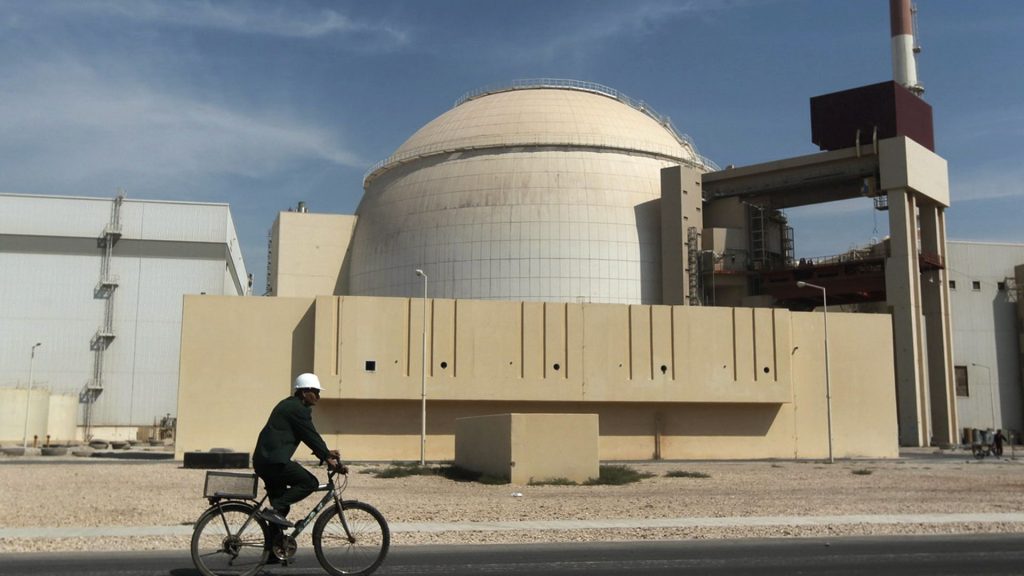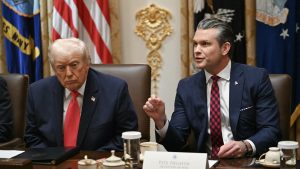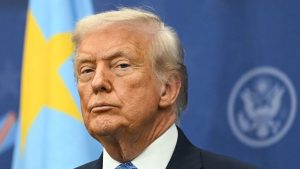Iran, US engaged in ‘friendly’ nuclear negotiations; 2nd meeting scheduled
Ella Greene April 12, 2025 0
- Iran and the U.S. concluded their first face-to-face talks regarding Tehran’s nuclear program since the Obama administration on Saturday. Now, a second round of talks is set to take place next Saturday.
- While the talks lasted more than two hours, face-to-face discussions between the two sides’ highest representatives, U.S. Mideast envoy Steve Witkoff and Iranian Foreign Minister Abbas Araghchi, were “brief.”
- Oman’s foreign minister, who is acting as a mediator between the two sides, described the atmosphere as “friendly.”
Full Story
Iran and the United States concluded their first round of talks regarding Tehran’s nuclear program on Saturday, April 12, marking the first time the two sides have spoken face-to-face about the issue since President Barack Obama was in office. A second round of talks is now slated to take place next Saturday, April 19.
While the U.S. has not yet commented on the talks, the foreign minister of Oman, who is acting as a mediator, described the atmosphere as “friendly,” saying it was “conducive to bridging viewpoints and ultimately achieving regional and global peace, security and stability.”
High-level representatives meet ‘briefly’ amid more than 2 hours of talks
The talks reportedly lasted more than two hours and were hosted in an undisclosed location in the outskirts of Muscat, Oman’s capital. However, the countries’ two highest-level representatives, U.S. Mideast envoy Steve Witkoff and Iranian Foreign Minister Abbas Araghchi, only spoke “briefly,” according to Iran’s state-run broadcaster. The Associated Press reports that the very fact Iran’s state media says the two sides spoke face-to-face “suggests the negotiations went well.”
It’s a sentiment echoed by Araghchi, who told state TV that the meeting was constructive. However, the U.S. and Iran have characterized the talks differently –– Iran has largely referred to them as “indirect,” while the Trump administration, ahead of Saturday’s meeting, said they would be “direct.”
Speaking to Iranian state TV, Araghchi said, “Neither we nor the other side are interested in fruitless negotiations — so-called ‘talks for the sake of talks,’ wasting time, or drawn-out, exhausting negotiations. Both sides, including the Americans, have said that their goal is also to reach an agreement in the shortest possible time. However, that will certainly not be an easy task.”
What does each side want?
The agreement the U.S. is looking for requires Tehran to keep its nuclear program from reaching weapons-grade capabilities, a position it is very close to achieving. In exchange, the U.S. would lift sanctions that have all but crippled the Iranian economy. The two sides had reached an agreement brokered by the Obama administration in 2015 –– commonly referred to as the Iran nuclear deal –– but Trump pulled out of that agreement in 2018 during his first term.
Since then, Iran has maintained that its nuclear stockpile serves civilian purposes only, though some of its material is reportedly enriched up to 60%, making it a “short, technical step away from weapons-grade levels,” according to The AP.
Related Stories
Ella Rae Greene, Editor In Chief
Ella Greene
Ella and the staff at Clear Media Project (CMP) curate these articles.
Unless otherwise noted CMP does not write these articles.
The views, thoughts, and opinions expressed in the articles published on this blog belong solely to the original authors and do not necessarily reflect the views of the blog owner. The blog owner does not claim ownership of the content shared by contributors and is not responsible for any inaccuracies, errors, or omissions.
All rights and credits goes to its rightful owners. No Copyright Infringement is intended. If you believe any content infringes on your rights, please contact us for review and potential removal.





